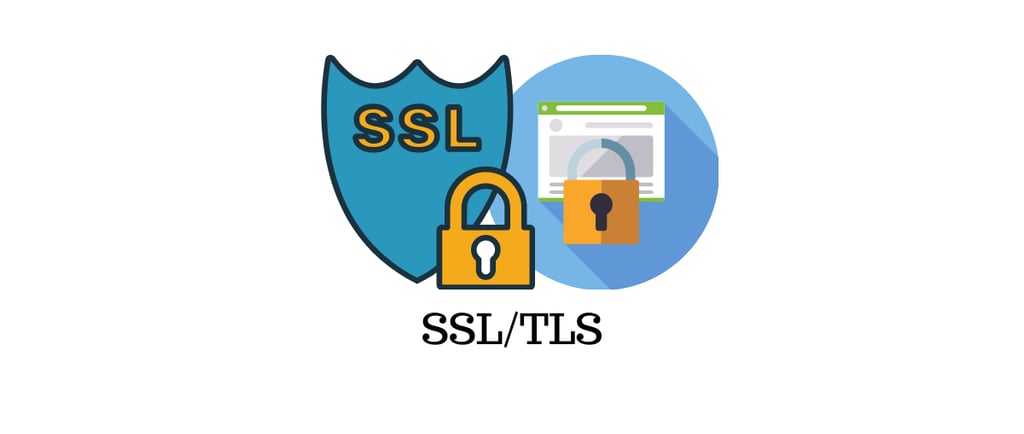HTTPS and SSL/TLS: How Encryption Secures the Web
This article explains HTTPS and the encryption technologies behind it — SSL and TLS. It describes what encryption is, how it protects data during transmission, and why it’s crucial for safeguarding user information online. Using simple language and practical examples, both technical concepts and real-world applications are clearly presented for beginners and professionals alike.
WEB
Ulvi Gulmaliyev
6/15/2025


HTTPS and SSL/TLS: How Encryption Secures the Web
Every time you access a website, your computer exchanges data with the server. If this data is not encrypted, third parties (such as hackers) can intercept and misuse it.
To prevent this, technologies like HTTPS and the protocols behind it — SSL (Secure Sockets Layer) and TLS (Transport Layer Security) — are used to ensure secure communication.
What’s the difference between HTTP and HTTPS?
HTTP (HyperText Transfer Protocol) is a traditional web protocol, but it transmits data in plain text, without encryption. This means anyone monitoring the network can read the data.
HTTPS (HTTP Secure) is the secure version of HTTP. It encrypts the data before transmission, preventing others from accessing it.
🟢 When a site uses HTTPS, a padlock icon appears in the browser address bar, indicating a secure connection.
What are SSL and TLS?
SSL and TLS are encryption protocols that make HTTPS possible. They create a secure connection between the browser and the server.
SSL is the older version and is mostly deprecated.
TLS is the modern, more secure protocol. Today, almost all HTTPS connections use TLS.
How do these technologies work?
When a user visits an HTTPS website:
The browser contacts the server and begins a process called the TLS handshake.
The server sends a digital certificate (commonly called an SSL certificate).
The browser verifies the certificate’s authenticity.
If it’s valid, the browser and server agree on an encryption key.
From that point on, all data is transmitted in encrypted form.
Why is HTTPS important?
Data protection: Sensitive information like passwords or credit card details cannot be intercepted.
Privacy: No one (even on the same network) can see the content of the communication.
Integrity: Data cannot be tampered with or modified during transmission.
Trust: Users trust sites with a visible secure connection.
SEO benefits: Search engines (especially Google) prioritize HTTPS-enabled sites.
What are the risks of not using HTTPS?
Data can be intercepted or altered.
Users may receive security warnings when visiting the site.
Trust decreases, leading to user loss.
Legal issues or fines may arise due to data breaches.
How to implement HTTPS on your website
Obtain an SSL/TLS certificate (e.g., from Let’s Encrypt, Sectigo, DigiCert).
Configure your server correctly to use HTTPS.
Redirect all HTTP requests to HTTPS.
Regularly check and renew your certificate before it expires.
HTTPS and the underlying technologies SSL/TLS are cornerstones of web security. They protect user data, build trust, and ensure safe communication online.
For any modern website — whether a personal blog or a large business — using HTTPS is not optional anymore. It is an essential standard.


